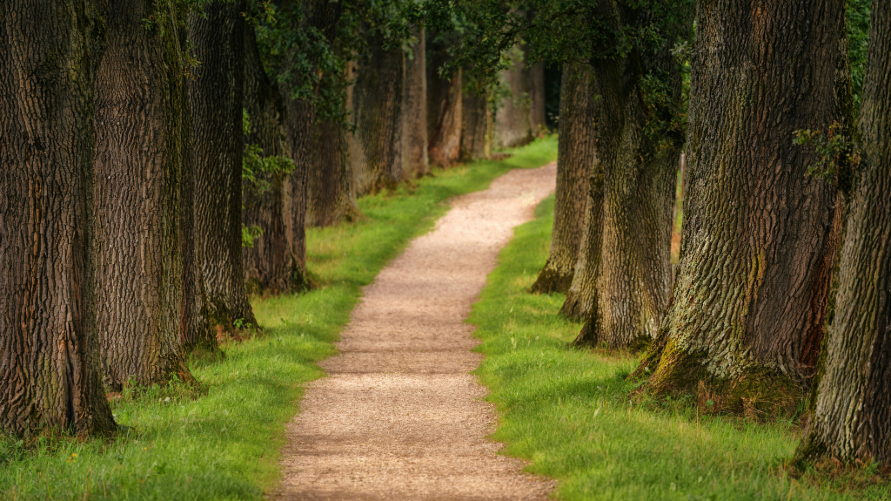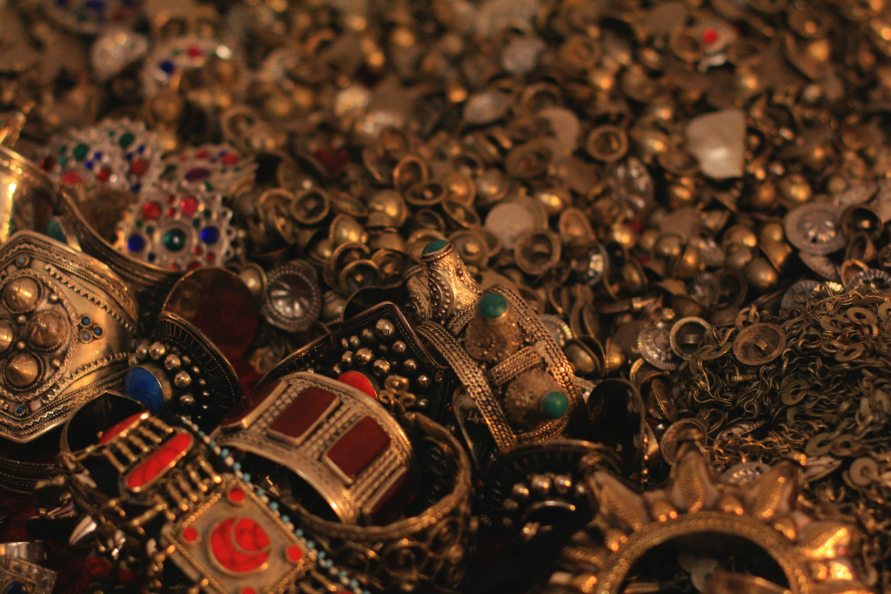Many of us live in fear, with this sense that we are all alone in the universe. And I don’t just mean atheists and agnostics. I mean all of us. If we’re honest, looking around at the world, there’s plenty of evidence that seems to point to a godless universe. And I say that as a pastor who has served for 25 years, with a PhD in theology. Even I encounter many divine mysteries I’m not sure how to think about yet. I ask questions about eternity and divine judgment and the role of suffering in the world. Sometimes I just find myself wanting to throw up my hands and say, “I don’t understand!”
And yet, the opposite is often the case too. I’ve heard several prominent atheists say that certain experiences make them doubt their doubts. The experience of unconditional love, for instance. Or sitting in the seeming transcendence of nature. Or even just listening to their favorite music.
So whose doubts are right? How can we truly know what’s true?
Jesus had an interesting approach to these questions. He said that when we believe in him, we begin to learn that he doesn’t just teach us new truths about the world, but provides for us a new lens for looking at the world. If we’ve seen him, he says, we’ve seen the Father. And he’s who we can hold onto when we encounter mysteries that we just can’t comprehend yet. When we don’t know all the answers, we know the one who does.
You’ve got to do something with your doubts. Most of us, however, just try to kick them out of our minds. But that’s not terribly healthy. Intellectual honesty demands that we actually grapple with those doubts.
And here’s what’s beautiful about Jesus’ invitation to us: He tells us to bring our doubts to him. He doesn’t tell us to knock it off, or that we’re being irrational. He says, “I’m big enough to handle that. Bring it to me.” Why? Because he himself is the way, the truth, and the life. If you are truth incarnate, why would a legitimate doubt threaten you?
We see this modeled in John the Baptist, that great prophet who once called out to Jesus on the shore, who declared that Jesus was the Lamb of God, who saw heaven opened and the Holy Spirit, like a dove, descending upon Jesus at his baptism. This prophet, while he was in prison just a few months later, ended up questioning Jesus, wondering why he wasn’t being rescued (Matthew 11). John’s confusion was so strong, his unanswered questions so severe, he wondered, “How could all this be real? How could Jesus really be in charge?”
Jesus responded, in essence, “Consider the works I’ve done and what you know about me. You can trust me.”
What John did and how Jesus responded is a model for us: John went personally to Jesus with his doubts and unanswered questions, and ultimately he put his faith not in a set of answers, but in a Person he knew he could trust.
Each of us has our own doubts—some unanswered question, some intellectual obstacle, some apparent Bible contradiction, and we find ourselves saying, “Are you really the one, Jesus?” And when we look deeply into his works and his death and his resurrection, we find that we can trust him. He is the truth.
When we exercise faith (and we all do this, by the way, not just theists), we accept what we cannot understand based on what we can understand. There is so much—about the world, about theology—I still do not understand. But what I do understand is that Jesus really was the Son of God, and he died and rose again. And if that’s true, that means he holds the answers to my questions even when I’m not sure what they are yet. Contrary to some of our critics: Faith is not a blind leap into the dark; it’s a leap into the arms of a person we can trust.
There’s only so much assurance about Jesus you can get from the outside looking in; there’s a much richer, personal assurance that only comes from walking with him. Sometimes, as we are investigating his claims, we get to a place where we say, “Well, I’m not 100 percent sure about this, but I’m more convinced that he is who he says he is than that all this is a hoax.” When we reach that point, we have to take a leap into his arms, with all our questions and fears in tow. And what we find is that after our initial leap, we more fully experience that he is real and he is trustworthy.
It takes time, and patience, and consistent choices to trust him and be like him in big and small things. And then, one day, we can start to look back at our lives and see his hand of faithfulness. We realize where and how he’s guided us. We start to realize what his warnings and his convictions were like and how we trusted him.
Finding all along, he was—and is—the truth.


